Texas A&M Space
Texas A&M is a space-grant university with a long history of conducting basic and applied research and workforce development in space exploration. Our faculty are at the forefront of earth and planetary sciences, human space-flight research and planetary surface engineering and construction. Scientists and engineers from Texas A&M worked on all NASA rover missions to Mars, and two scientists are active on NASA’s Perseverance Rover Team.
Visit the Texas A&M Space Institute Site
To ensure Texas’s leadership in space exploration, the Texas A&M Space Institute brings together support, resources and visionary ideas. By leveraging the expertise of Texas A&M’s distinguished faculty, the Institute aims to drive pioneering research and innovation, establishing Texas as the global leader in advancing humanity’s future in space.
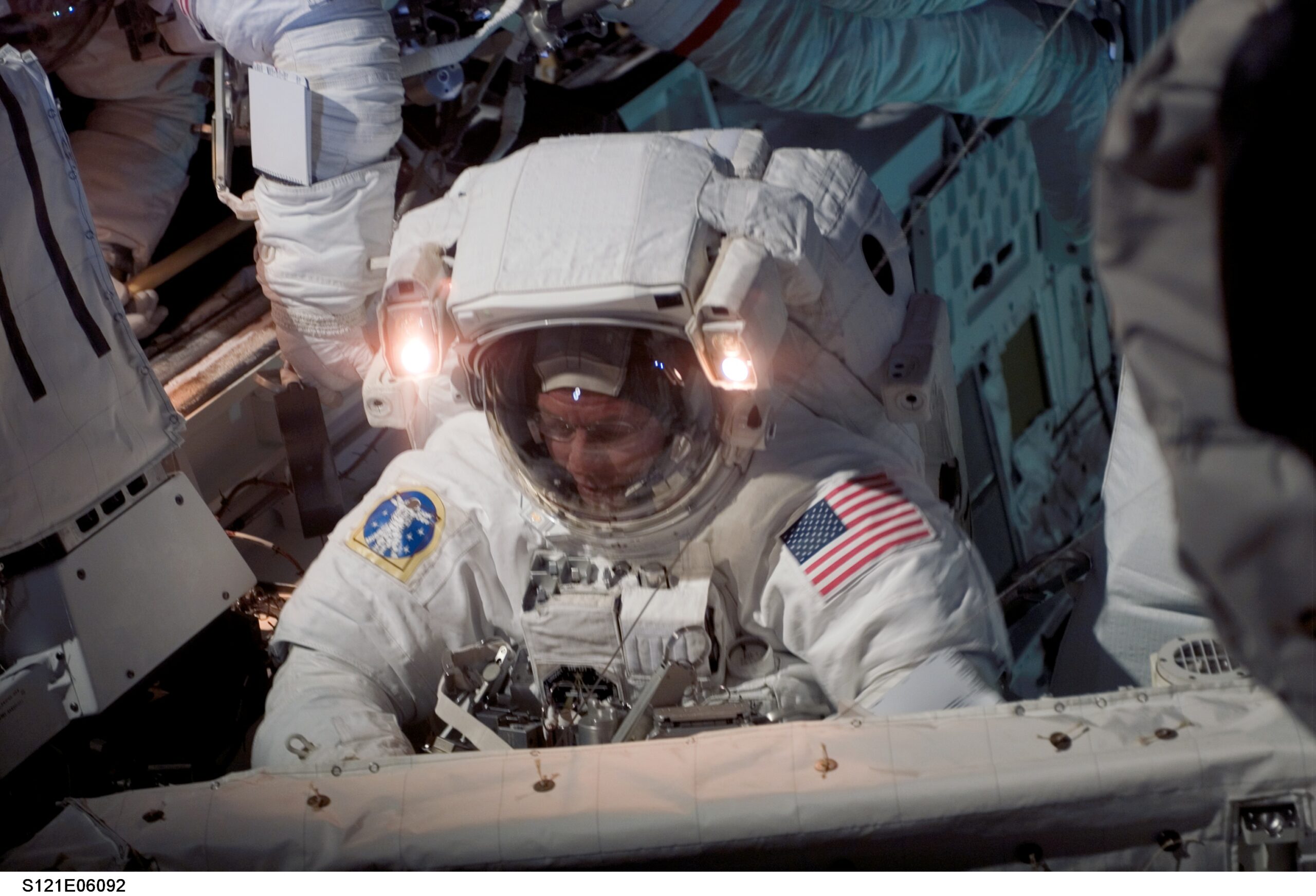
Mission
To escalate the economic growth and technological innovation of Texas and the U.S. in space exploration by providing a responsive and dynamic space curriculum, world-class research and technology transition.
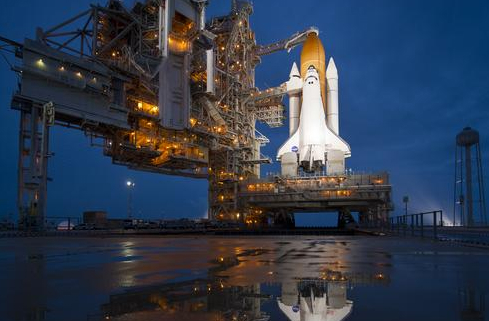
Vision
Texas A&M is committed to leading the future of space exploration. We are becoming a recognized hub and center of excellence for human and robotic space exploration by leveraging expertise, laboratories and facilities, strategic partnerships, and resources to foster new discoveries, technological innovations, and a next-generation workforce that benefits Texas and society.
Goals
Establish
Establish Texas A&M as a go-to institution and national leader for space-related capabilities including research, technological developments, policy and workforce development.
Advance
Advance space research in focus areas of national and commercial priority and establish strong collaborations with space agencies/institutes and private launch and space operations companies.
Build
Build state-of-the-art laboratories and facilities to facilitate current and future space-related research.
Integrate
Integrate disciplinary expertise across Texas A&M to enable faculty, researchers, and students to shape the future of space exploration by leading new space missions; developing supporting instruments, tools, and facilities; and developing new concepts and frameworks.
Manage
Build a state-of-the-art robotic mission operation center to manage a portfolio of NASA’s existing missions, other universities’ missions, and new space missions led by Texas A&M.
University Research Info
Billion
Space Exploration Research Info
Million
Faculty and Research Scientists
Texas A&M University employs more than 280 space scientists and investigators, and Texas A&M is the only university in the nation with five astronauts on the faculty:
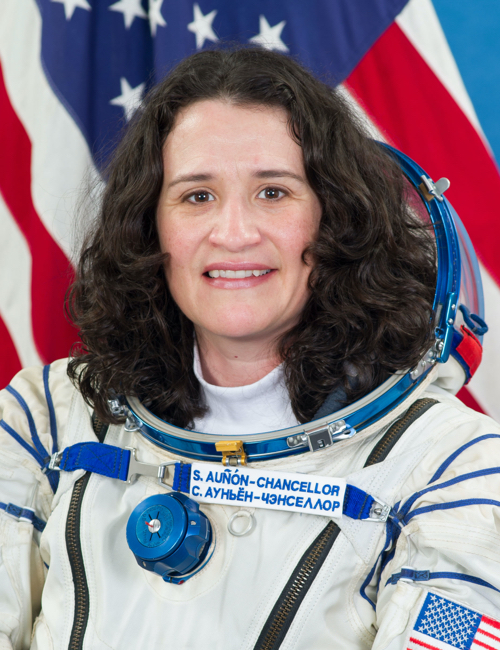
Dr. Serena Auñόn-Chancellor
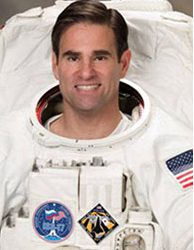
Dr. Gregory E. Chamitoff
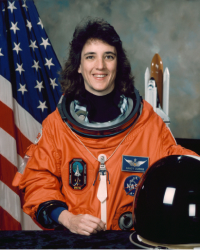
Dr. Nancy J. Currie-Gregg

Dr. Bonnie J. Dunbar

Col. Michael E. Fossum ’80
Major Space related Facilities
Texas A&M researchers have access to some of the nation’s most technologically advanced facilities to support their work in space exploration research and new facilities are on the horizon. The Texas Legislature awarded $200 million to The Texas A&M University System to build facilities next to NASA’s Johnson Space Center to support Texas A&M and other system schools in space research and technology development.
- Artificial Gravity Centrifuge Facility
- Ballistics, Aero-optics and Materials Range
- Cybersecurity Center
- Cyclotron Institute
- High-Performance Research Computing
- Human Clinical Research Facility
- Hypersonics Facility
- Hypervelocity Impact Laboratory
- Institute for Quantum Science and Engineering
- Land, Air and Space Robotics Laboratory
- NASA Space Food Research Facility
- National Center for Electron Beam Research
- Nuclear Engineering and Science Center
- Texas A&M Global Cyber Research Institute (GCRI) endowed by Ray Rothrock ’77 and Anthony Wood ’90
- TRIGA Reactor
Students
More than 350 undergraduate and graduate students enroll annually in Texas A&M’s space-related academic programs. With more than 20 specific courses related to space exploration and multiple opportunities to work in space-related laboratories and facilities and to participate in space-focused student organizations, Texas A&M is a leader in space workforce development.
Former Students
Currently, more than 430 Texas A&M graduates work at NASA (as reported to The Association of Former Students). In addition to NASA and other government agencies, traditional spaceflight companies such as Boeing, Lockheed, KBR and Collins Aerospace, as well as emerging commercial-spaceflight companies such as SpaceX, Blue Origin and Axiom, employ our Former Students.
